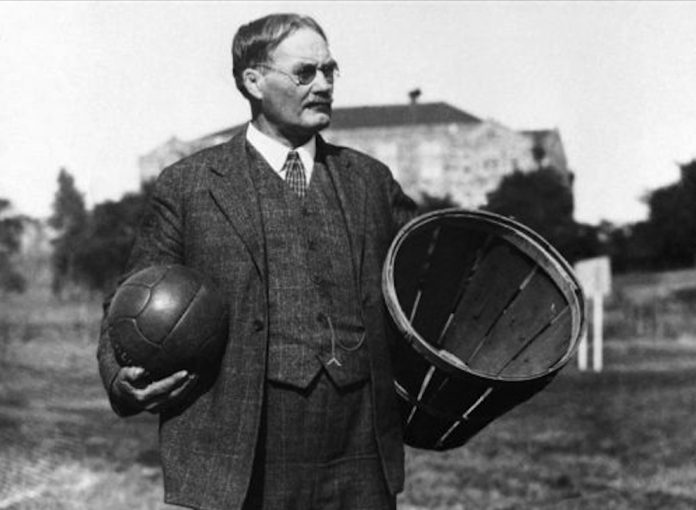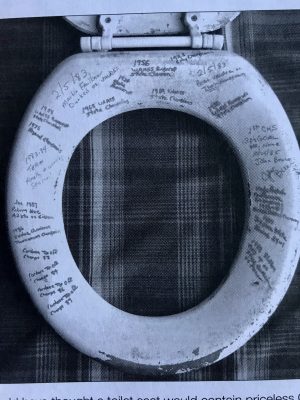
In January 1931, the Seward Ponies defeated the University of Alaska at Seward by a final score of 6-4.
I know this because my dad told me so.
The Fairbanks squad had come down by railroad for the contest. Barton Stanton and my father Don Shellhorn were deft ball handlers that spent most of the game playing keep-away versus the Nanooks.
More than once Dad recounted this tale, often in front of the glow from the fireplace in our home across from the hospital, which is now the Cordova Electric Cooperative and Ilanka Community Health Center.
Of course, he didn’t go into details about the earlier history of the game, which was invented by James Naismith in 1891 at the YMCA Training School in Springfield, Massachusetts. But a little background might be enlightening.
Naismith created basketball as a less physical alternative to football. He attached a peach basket to a 10-foot pole, and the goal was to toss a soccer ball into it. Hence the name of the sport. And for trivia lovers, after much running, passing and shooting, it was William H. Chase who made a midcourt shot to score the only basket in the first game ever played. Dribbling was not introduced until 1901.
That first game came to a screeching halt after the made shot, which was ironically scored as three points. Naismith had deemed field goals worth three points, and foul shots worth two. A ladder was needed to retrieve the ball. One of the first modifications in the equipment for the sport was the drilling of a hole in the bottom of the basket so a broom handle could be used to push the ball out.
Not long after that the size of the teams was limited to five, seven or nine, depending on the size of the court, and a metal hoop with a chain or net replaced the peach basket.
By 1894, a slightly larger ball had been developed for the sport, and the practice of attaching the hoop to a backboard had been adopted. Prior to that, the hoop had often been mounted on a wall, typically with a balcony for fans right above it, and spectators could lean over the railing and deflect the ball to favor one side or the other.
That certainly had to add intrigue to the final outcome.
But enough 1890s history. What about 1931, and the 6-4 victory by Seward over U of A?
By then, the game had evolved, but still looked nothing like today’s up-tempo high-scoring affair.
For one thing, there was a jump ball at center court after every made basket. And there was no 10-second backcourt rule, or closely guarded 5-second count.
So basically, if a team gained the lead and controlled the ensuing center jump, it could stall and play keep-away for the rest of the game.
Which is what the Seward Ponies, incidentally, clad in blue and white, rather the yellow and green of today’s Seward Seahawks, did, with Dad and his hunting partner Stanton spearheading the effort.
My, how the game has changed since then. Think about all the rules adopted to derail the delay game and increase the scoring, including closely guarded and backcourt counts, dunking, and the three-point shot. Plus, the Alternating Possession arrow for all jump balls except to start the game and overtime has vastly sped up the action.
Incidentally, mention of the three-point arc also generates a worthy Cordova High School trivia question: We know William Chase is credited for making the first basket ever, and it turns out to have been a three pointer.
The modern day three-point arc was adopted in Alaska in 1985. Who is credited with making CHS’s first modern day three pointer?

Leave it to legendary Cordova Coach Bob Lenz to help answer this one, with documentation found on the rim of a toilet seat from the boys’ locker room titled “The CHS Ring of Fame.” One of the inscriptions, in blue permanent marker, reads “1st CHS 3pt goal, vs. Nome, 10/24/85 John Bruce”, with his signature below this statement.
And for those hoops aficionados who think today’s game is still too slow, just wait until next year. The National High School Federation adopted a rule this year that will allow states to adopt a 35-second shot clock beginning with the 2022-23 season.
I suspect for Alaska, where basketball is by far the most popular sport, that change will be a slam dunk.














